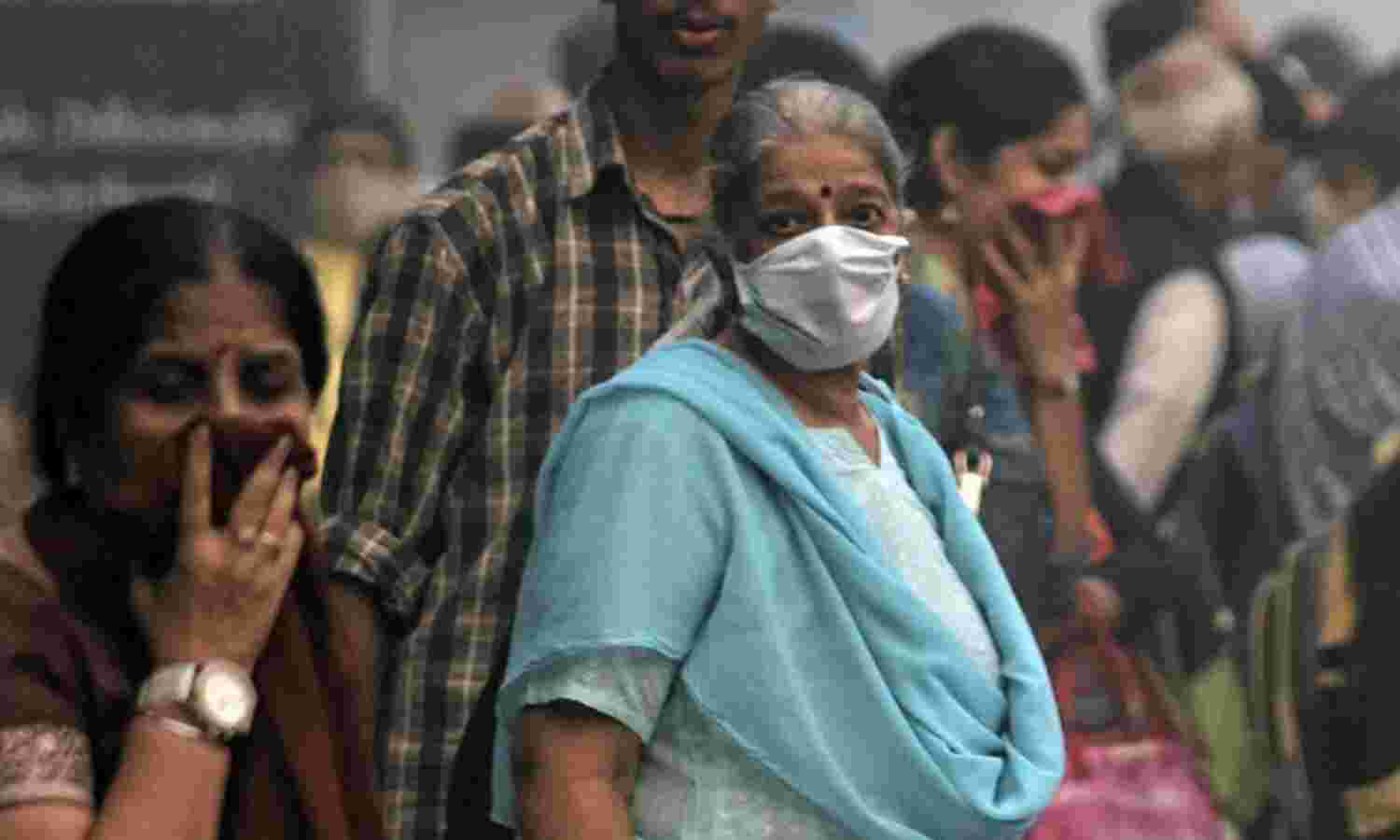Alert For India: Even Brief Exposure To Air Pollution Can Be Deadly, Says Harvard Study

India, where air pollution touched severe levels this winter, has more reasons to worry about the health hazard it poses to the elderly. Even short-term exposure to air pollution was seen to cause premature deaths among the elderly in the US--a country with tighter air quality standards than India--a new Harvard study has found.
In the US, even brief exposure to fine inhalable particles in the air, commonly referred to as PM 2.5, and ozone--at levels well below current national safety standards--were linked to higher risk of early death among the elderly, said the study by the Harvard TH Chan School of Public Health at Harvard University.
Studies have shown that PM 2.5--airborne particles 30 times finer than a human hair that can sicken or kill people by entering their lungs--and ozone, (particularly ‘warm-season’ emissions in summers) are linked with increased mortality rates.
“This (is) the most comprehensive study of short-term exposure to pollution and mortality to date,” said Francesca Dominici, professor of biostatistics and senior author of the study. “We found that the mortality rate increases almost linearly as air pollution increases. Any level of air pollution, no matter how low, is harmful to human health.”
The air quality standards used for the study are 35 micrograms per cubic metre of air (µg/m3) for PM 2.5 (24-hour average) and 70 parts per billion for ozone (8-hour average). These standards are set by the US Environmental Protection Agency (EPA).
Indian air quality standards are more lax--60 µg/m3 for PM 2.5 (24-hour average) and 100 parts per billion for ozone (8-hour average). This means that the health emergency caused by air pollution in many Indian cities is much more grave and demands greater attention.
What this means for Indian cities
“This finding has very strong relevance for Indian cities that are battling choking haze of pollution,” said Anumita Roy Chowdhury, head of the air pollution programme and campaigns for clean air and public health at Centre for Science and Environment (CSE), an advocacy.
“We already know from the Global Burden of Disease estimates that most of the health effects occur at levels that are recorded at much lower than the national ambient air quality standards or levels that are largely recorded in our cities,” she added.
In 2015, 2.5 million of 10.3 million deaths in India due to non-communicable diseases (NCDs) are linked to pollution making it the country with the highest number of pollution-related deaths, followed by China, IndiaSpend reported on January 3, 2018.
In 1990, NCDs accounted for 30.5% of disease burden, which has risen to 55.4% in 2016, according to the 2017 report India: Health Of Nation’s States, by the Indian Council of Medical Research.
The situation is getting worse with industries like thermal power plants--one of India’s chief polluters--ignoring the deadline and a 2015 law promulgated by the environment ministry to clean up, according to this IndiaSpend story from December 21, 2017.
In 2017’s winter, the air pollution level in India was 15 times higher than the national standard. PM 2.5 crossed severe levels of 400 µg/m3 in many Indian cities, according to this IndiaSpend report from December 22, 2017.
| Air Quality Index In The Indo-Gangetic Belt On November 10, 2017 | ||
|---|---|---|
| City | Air Quality Index | Monitoring stations |
| Varanasi | 491 | 1 |
| Patna | 428 | 1 |
| NOIDA | 470 | 2 |
| Muzaffarpur | 409 | 1 |
| Lucknow | 462 | 3 |
| Kanpur | 461 | 1 |
| Ghaziabad | 485 | 1 |
| Gurgaon | 480 | 1 |
| Faridabad | 428 | 1 |
| Delhi | 468 | 14 |
| Agra | 404 | 1 |
Source: Central Pollution Control Board; Figures are 24-hour averages. Major pollutant is PM 2.5
Even small increase in pollutants can lead to deaths
Harvard researchers used prediction models to find accurate estimates of PM 2.5 and ozone for most of the US, including unmonitored areas, and linked the air pollution data with mortality data from the entire country. The study included the country’s Medicare population--those enrolled in its social health insurance programme--residing in 39,182 zip codes (93% of the US), over a 13-year period from 2000-2012.
For each 10 µg/m3 daily increase in PM 2.5 and 10 parts per billion daily increase in warm-season ozone, the daily mortality rate increased by 1.05% and 0.51%, respectively. This means an increase of just 1 µg/m3 in daily PM 2.5 over the course of one summer in the US would lead to 550 more deaths per year--that is 7,150 over 13 years.
An increase of just 1 ppb in daily ozone over the summer would lead to 250 extra deaths per year or 3,250 extra deaths over 13 years.
(Tripathi is a principal correspondent with IndiaSpend.)
We welcome feedback. Please write to respond@indiaspend.org. We reserve the right to edit responses for language and grammar.


